Interior design and composition: Richard E. Farkas
Typefaces: Minion Pro
Charles E. (Chuck) Fager
James A. Ward
without whom....
Acknowledgments
The list of those who put me in their debt for assistance with this book is nearly unbounded, for writing about a Quaker as notorious as Richard Nixon unleashed a torrent of first-, second-, and thirdhand stories, rumors, and hearsay about him; almost all such tales came from Friends who sought to distance their sect from his reputation. Although most such stories could not be documented and do not appear here, many suggested things that might be searched out and always led to interesting conversations. I highly valued such contributions and the motives of the kind folk who passed them along.
The same thing goes for all those who lent their talents and expertise to my search. Gary S. Smith and I exchanged research on common interests. Greg Hinshaw passed along valuable bits of information and pictures as he delved into a parallel topic for a different book altogether. Retired librarian Neal Coulter remained a fount of information, and Jim Bowman, an electronic whiz, either gave directions over the telephone or came over periodically to tweak some inexplicable quirk on my computer. The staff members of numerous libraries archives were exemplary: Swarthmore Colleges Friends Historical Library, Guilford Colleges Friends Historical Collection, Earlham Colleges Friends Collection, George Fox Universitys Archives, the Whittier College Library and the Archives of the American Friends Service Committee in Philadelphia. Non-Quaker facilities whose staffs were equally helpful included the Richard Nixon Library, now operated by the National Archives and Record Administration, in Yorba Linda, California, the Herbert Hoover Library at West Branch, Iowa, also run by the NARA, the Lupton Library at the University of Tennessee at Chattanooga, especially the interlibrary system and its highly efficient staffers, the Chattanooga Public Library, and the McKee Library at Southern Adventist University. Librarians and archivists are the best friends of historians. Gary Kass and other staffers at the University of Missouri Press were encouraging, efficient, and exacting, as were their anonymous reader and Randall Balmer. They all helped make the book better.
The people who enabled me to fill gaps and offered encouragement or read early versions of the preface, which I used to try to sort out how Iwould grapple with a man utterly lacking in transparency, are so numerous and far-flung that I know before I start that I will miss some: Thomas Hamm, Hayden Wetzel, Meredith Terretta, Zoie Clark, Gwyn Ingle, Free Polazzo, Ben Dandelion, Paul Watson, Jaan Troltenier, Ralph Bowden, John Everhart, Adlai Boyd, Don Rhodes, Paul Buckley, John Huffman, Wallace Henley, Brian Yaffe, Jim Icard, Errol Hess, Clint Cooper, Peter Bien, Arthur Roberts, and Ronald Burnside. Staff members of East Whittier Friends Church also responded to requests for information.
The person who was the constant prod behind the book was Charles E. (Chuck) Fager, a snoopy but friendly journalist with an acute eye for a good story and an instinct for getting the historical one right, based on the whole and full picture. Chuck preformed yeomans service and continued to push whenever my interest in things Nixonian sagged. Likewise, my colleague James A. Ward, though his interests ran to more mundane matters, like trains and automobiles, than religion, read more drafts, especially of the preface, than I should have asked him to endure. He groused, yes, but he always came through in good time to render fair, telling, and uncommonly helpful suggestions. This books dedication to the two of them assures that they are appropriately recognized for their inestimable good ideas and encouragement.
In a broader background not directly related to the content of the book that a reader holds now, Chattanooga Friends had to hear more of Nixon and his implications for modern Quakers than they would have desired, but we all persevered--and survived. My wife, Becky, maintained a loving and supportive home, a place conducive to work, even as she reminded me that a part of writing was to keep my study tidy and free of stray notes and piles of books; she has not won yet, but as I write this note the book is not out either.
Finally, it goes without mentioning, though the conventions require it, I remain responsible for what is inside these covers. As Ive mentioned above, I had heaping levels of help, but I sought out the sources and put them together in what I hope is a coherent form with the purpose of shining light on a Friend who displayed little during his life. I trust the reader benefits.
Introduction
I also have had to remind myself that we cannot reliably know the outward signs of inward grace even among American presidents.
Jack M. Holl
In the first and also the final analysis the author of any book about Richard Milhous Nixon must wrestle with the basic question Who was Richard Nixon? Some of those who will read this book are young enough to know little of the man and will want to learn about him; some will want to see how his peculiar religion, the one called Quakerism and of which he was formally a member his whole life, had an impact on his life; still others may want to see if their previous judgments, even prejudices, can be confirmed by the evidence. In a broader sense some may want to see what impact religion has on a politician, the sphere of politics usually being considered separate and distinct from religion. The question of defining Nixon is a difficult, a very difficult, one, and one that has no easycertainly no quickanswer.
One way to gain insights into one of the centurys most important political figures is to look at his religion. Nixons religious world, however, remains to this day the least studied part about him, partially because of the ways he expressed his religious views and partially because of his desire for privacy when he was asked about them.
In addition, as a scholar of the print media has emphasized, this lack of attention to a public figures religious life is hardly limited to historians and political scientists. Former newspaperman Doug Underwood allowed that journalists and those who comment on politicians for public consumption shy away from dealing with religious issues, not wanting to question the kind of benign statements that people like Nixon made. This inattention, occasioned partly by ignorance of religion, partly by a reluctance to challenge something that appears wholly subjective and can seldom be quantified precisely, helped produce a public that was ill-informed about the religious dimensions of a candidates stances on issues.becomes impossible to know what role ones religion might play in public decision-making or even in that persons life more generally. Every voting citizen is handicapped to some extent when going to the polls by having so little information to dispel the ignorance of the roles of religion and religious presuppositions in a candidates life.

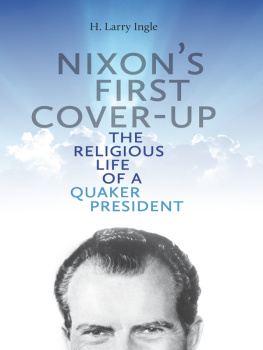
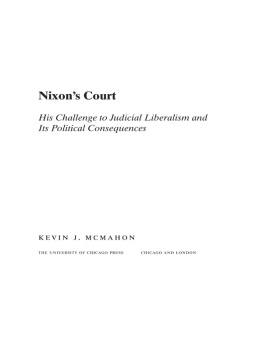
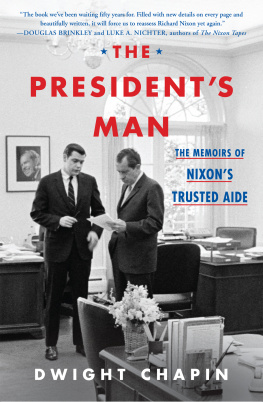
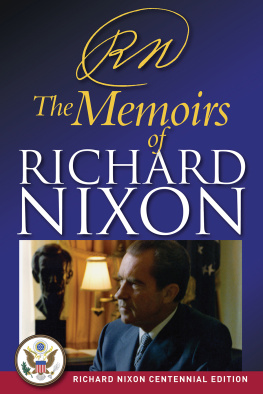
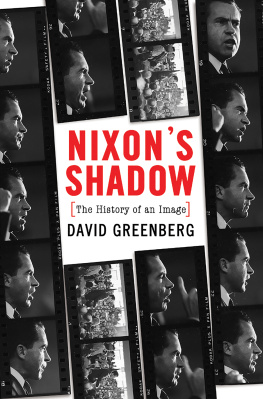

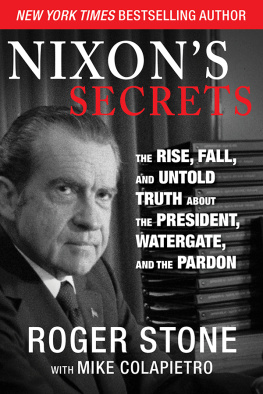


 This paper meets the requirements of the American National Standard for Permanence of Paper for Printed Library Materials, Z39.48, 1984.
This paper meets the requirements of the American National Standard for Permanence of Paper for Printed Library Materials, Z39.48, 1984.